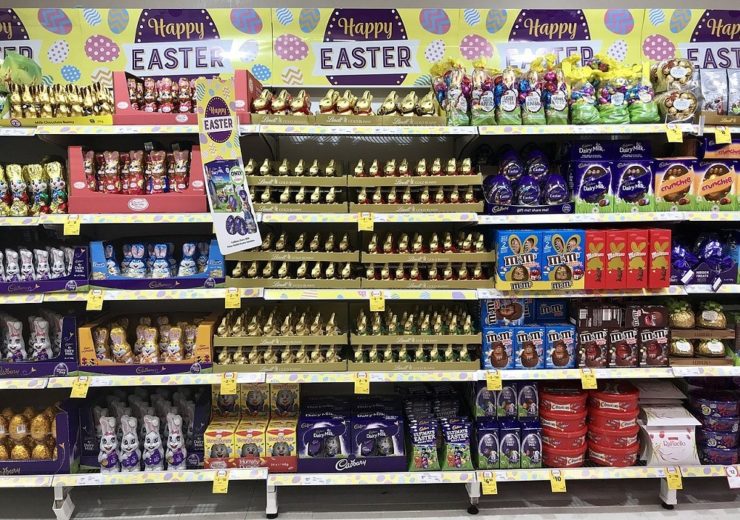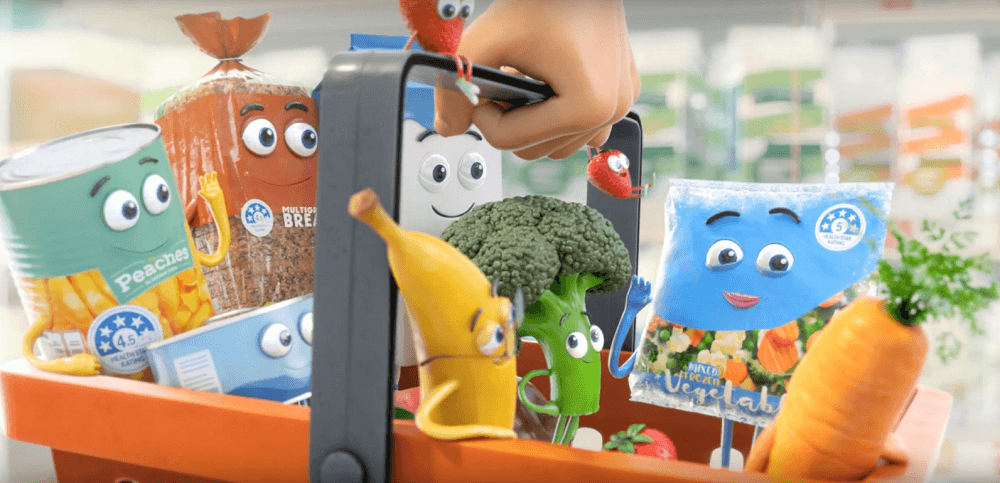Focusing on the amount of sugar in products, the proposed Food Standards Australia New Zealand review could look into a pictorial approach to labelling

The requested review would look into the improvement of added sugar food labelling in Australia and New Zealand (Credit: Wikimedia)
Calls to review the current added sugar labelling regulations in Australia and New Zealand have been made by the countries’ food ministers.
At the biannual Australia and New Zealand Ministerial Forum on Food Regulation (FRSC), attendees agreed to request Food Standards Australia New Zealand (FSANZ) review product nutrition labelling for added sugars.
Under current rules, it is only advisory for products high in added sugars to have this information included on labels.
It was also agreed to request an investigation of the use of pictures in order to visually reflect how much sugar is in a beverage.
A statement released by the group said: “The Forum agreed to request that FSANZ review nutrition labelling for added sugars, noting that the option to quantify added sugars in the nutrition information panel best met the desired outcome.
“Furthermore, the Forum agreed that a pictorial approach applied to sugary beverages / sugar-sweetened beverages warrants further consideration.”
Speaking to The Guardian, the Australian Beverage Council’s chief executive Geoff Parker said the organisation didn’t support pictorial representations of sugar.
He said: “We believe sugars and other nutrients are adequately considered as part of the Health Star Rating scheme.
“Adding a further system in addition to the health star rating is likely to confuse consumers.”
Australia and New Zealand-based Health Star Rating scheme reviewed
Alongside discussions surrounding sugar labelling, the FRSC discussed the voluntary Health Star Rating labelling system (HSR), with its five-year review concluding last week.
HSR is a front-of-pack labelling system rating the overall nutritional value of packaged food, giving a rating from half a star to five stars. It claims to offer a “quick, easy, standard way to compare similar packaged foods”.
Forum ministers said the system had been progressing well with uptake increasing and consumer use improving, however they said there was “significant” opportunity for improvement.
The review into HSR, conducted by consultancy firm mpconsulting, outlined ten recommendations in order to improve the system.

Included was a call to change the way star ratings are calculated for foods to better align with dietary guidelines.
It said the total amount of sugars in a product should be more strongly penalised, which would see HSRs dropping for 5% of products currently using the system. These including breakfast cereals and snack bars.
The reviewer also believes it should remain voluntary, but with clear uptake targets set in place and all stakeholders collaborating to drive them.
It states if the HSR system continues to perform well but is not displayed on 70% of target products — such as those high in sugar — within five years, then it should become mandatory.
Dr Sally Mackay, a research fellow from the University of Auckland and an expert from the Science Media Centre New Zealand, said: “The recommendations from the Health Star Rating System Five Year Review will improve the accuracy of the system to represent the relative healthiness of packaged foods and beverages.
“In particular, it would lessen anomalies around sugar and salt content, allocate a five-star rating on all fruit and vegetables (with no added salt, fat or sugar).
“The allocation of stars for non-alcoholic beverages now reflects the sugar content of beverages, for example flavoured waters with no added sugar will receive a higher Health Star Rating (4.5 stars) than fruit juices.
“As HRS is only on 21% of labels of packaged foods, the system should be made mandatory now, though at least there is a time-frame (five years) for improved uptake by industry before considering mandatory labelling.
“Having HRS on all foods would allow customers to make the healthy choice the easy choice.”
